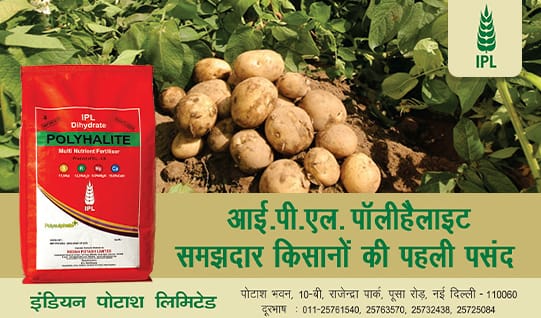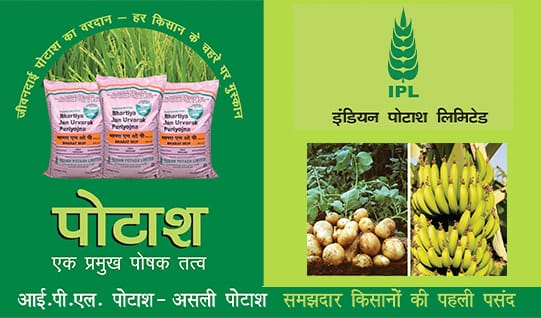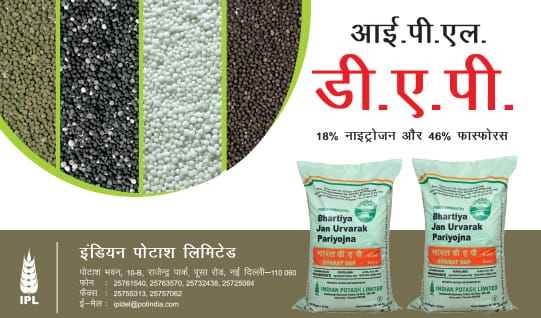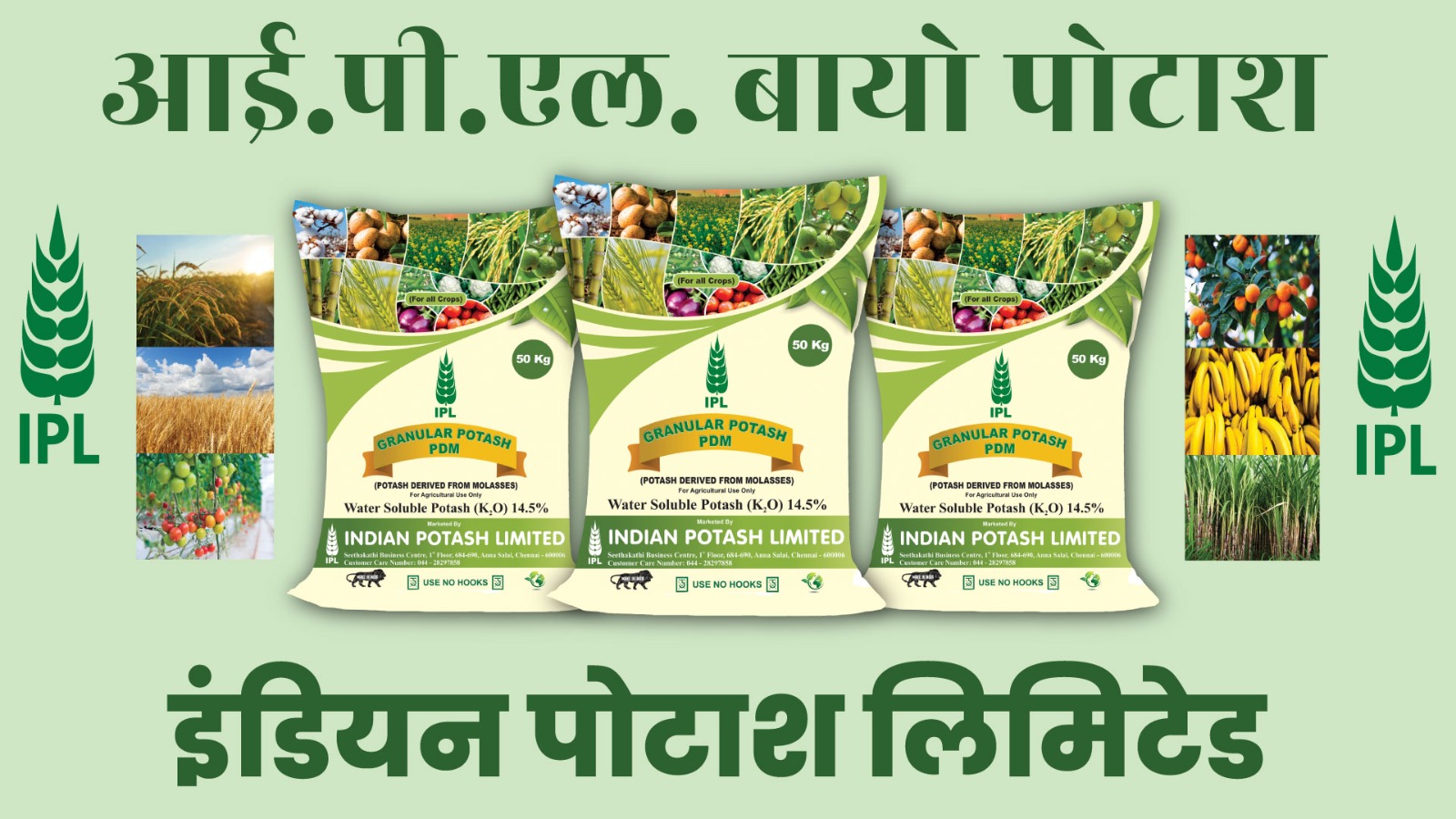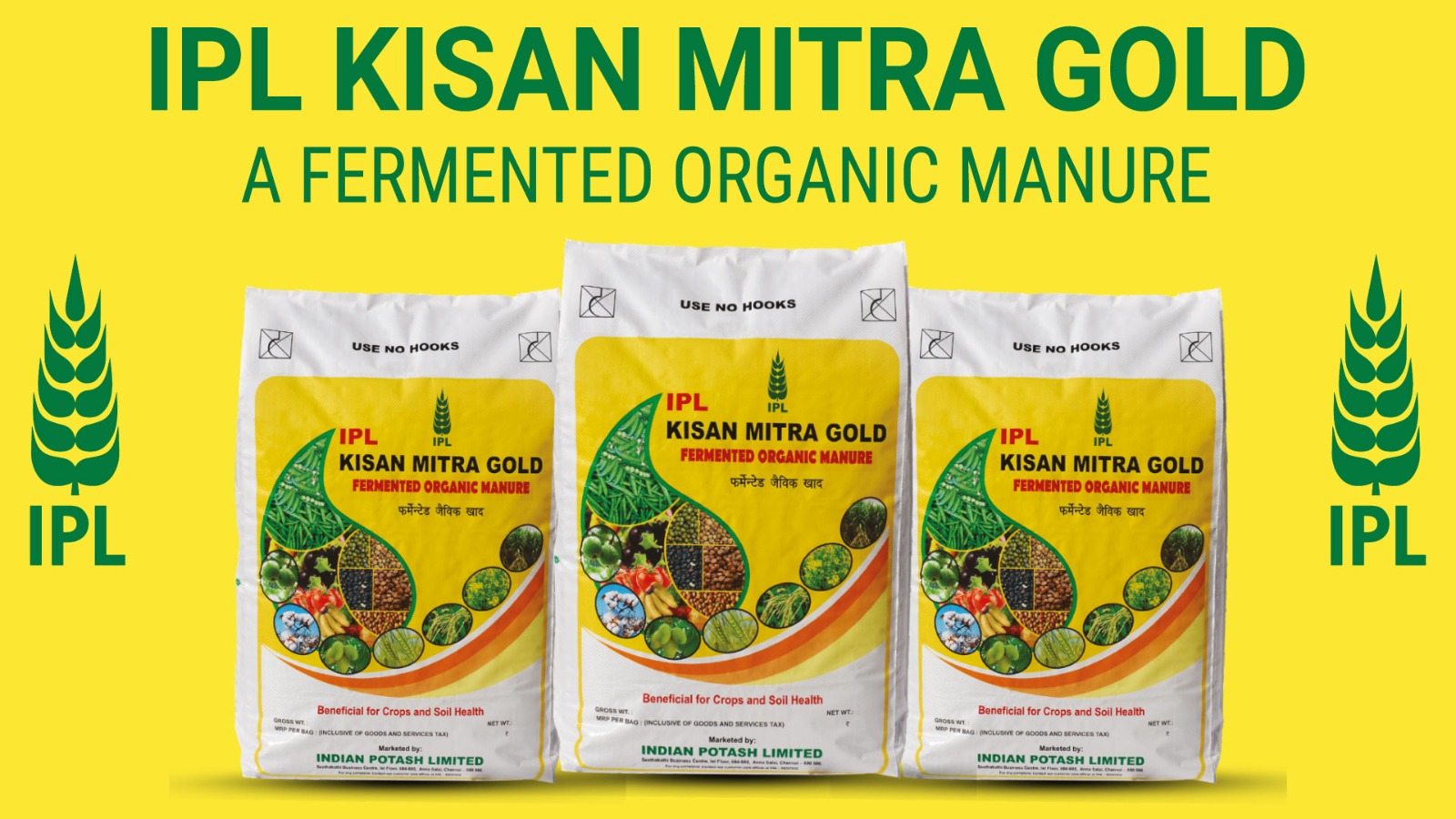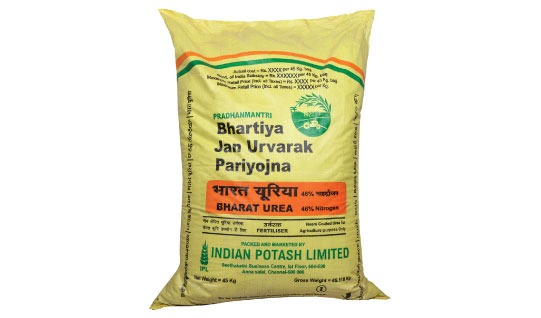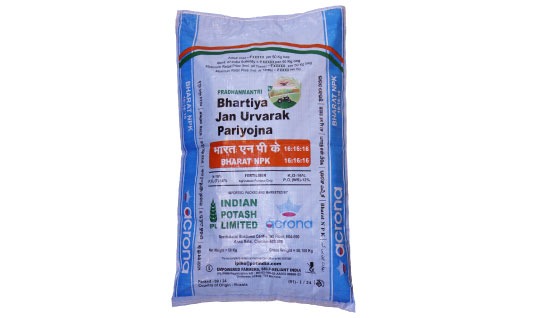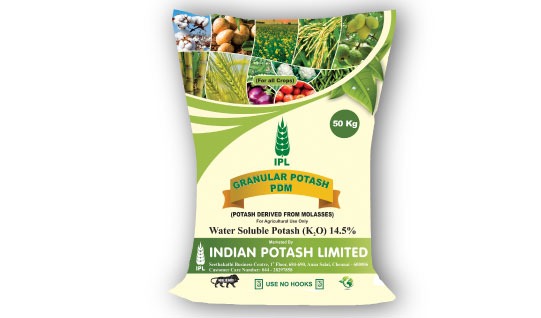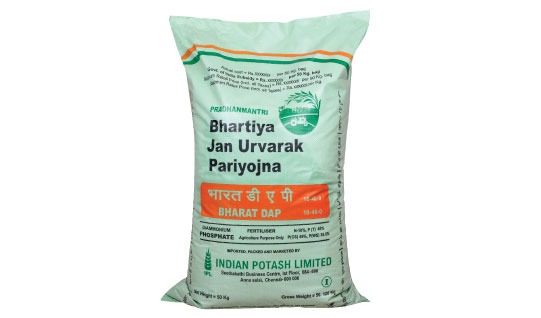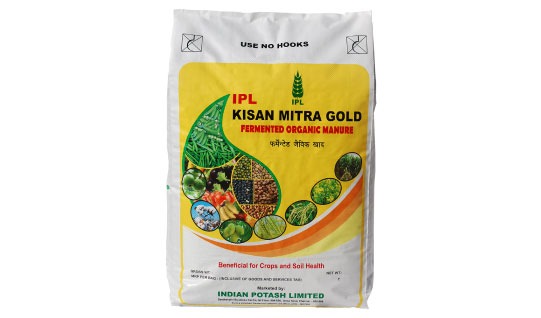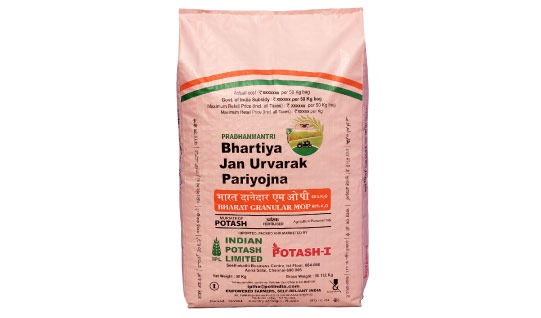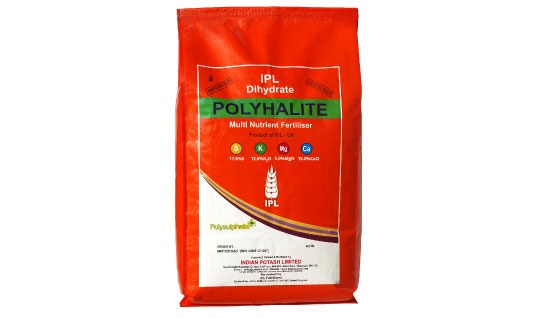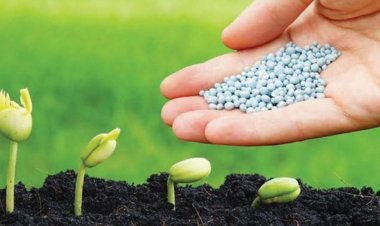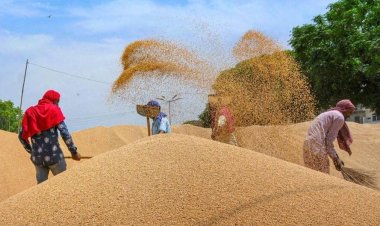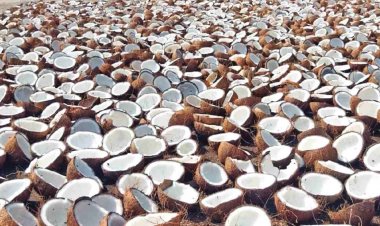Industry Projects India's Mustard Production at 115.2 Lakh Tonnes, 10% lower than Govt. Estimates
The survey, conducted by SEA in collaboration with SatSure Analytics, included remote sensing analysis and extensive farmer interactions across eight major mustard-producing states.
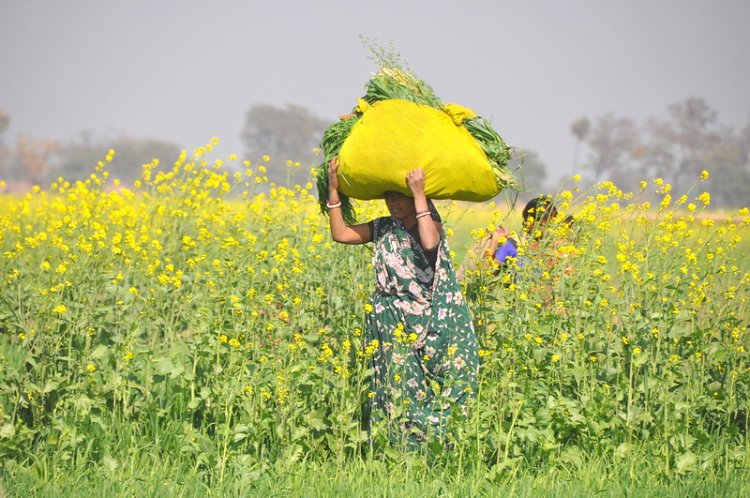
Indian edible oil industry body the Solvent Extractors' Association of India (SEA) has projected India's rapeseed-mustard production at 115.16 lakh tonnes for the current Rabi 2024-25 season. This is about 10% lower than the Agriculture Ministry's second advance estimate of 128.73 lakh tonnes and 13% lower than last year’s production of 132.59 lakh tonnes. SEA's estimates are based on field surveys and satellite-driven predictive analysis by SatSure.
As per the SEA's analysis, India’s rapeseed-mustard acreage for 2024-25 is estimated at 92.15 lakh hectares, higher than the government’s estimate of 89.30 lakh hectares but 1.68% less than last year's acreage of 93.73 lakh hectares. The decline in rapeseed-mustard production is a concern for India’s goal of achieving self-reliance in edible oils.
Highlighting India's heavy dependence on edible oil imports, SEA President Sanjeev Asthana emphasized the need to boost domestic oilseed production. He noted that SEA has been implementing initiatives such as the "Model Mustard Farm Project" since 2020-21, with a vision to increase rapeseed-mustard production to 200 lakh tonnes by 2029-30.
Dr. B.V. Mehta, SEA’s Executive Director, said, "The current MSP for Mustard is Rs. 5950 per quintal. Mustard price already touched the MSP and is likely to go down with the arrival pressure. The government must gear up the NAFED and other agencies to buy at the MSP to protect the farmers."
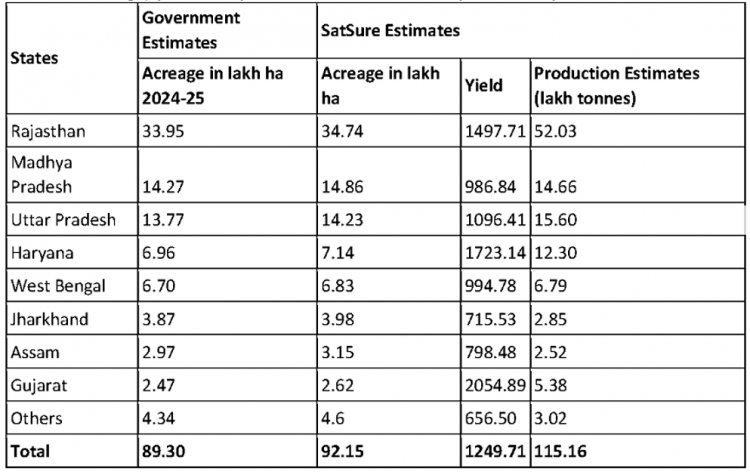
Rajasthan remains the largest mustard-producing state, with 34.74 lakh hectares under cultivation and a projected output of 52.45 lakh tonnes. Madhya Pradesh and Uttar Pradesh follow, with 14.86 lakh hectares and 14.23 lakh hectares under mustard cultivation, respectively. Haryana’s acreage stands at 7.14 lakh hectares, with an estimated production of 12.58 lakh tonnes.
The survey, conducted by SEA in collaboration with SatSure Analytics India Private Ltd, included remote sensing analysis and extensive farmer interactions across eight major mustard-producing states: Rajasthan, Madhya Pradesh, Uttar Pradesh, Haryana, Assam, Gujarat, Jharkhand, and West Bengal.
Key observations indicate that the mustard crop has performed well in major growing regions. NDVI values and crop growth assessments confirm healthy development, particularly in inflorescence emergence and flowering stages. However, rising production costs continue to be a concern for farmers, despite the government’s MSP hike.
SEA Chairman Vijay Data noted that mustard production has shown significant growth over the years. He emphasized that continued efforts, along with favourable weather conditions, have contributed to this trend.
SEA plans to conduct a third and final field survey in April-May to further refine its yield and production estimates.



 Join the RuralVoice whatsapp group
Join the RuralVoice whatsapp group
